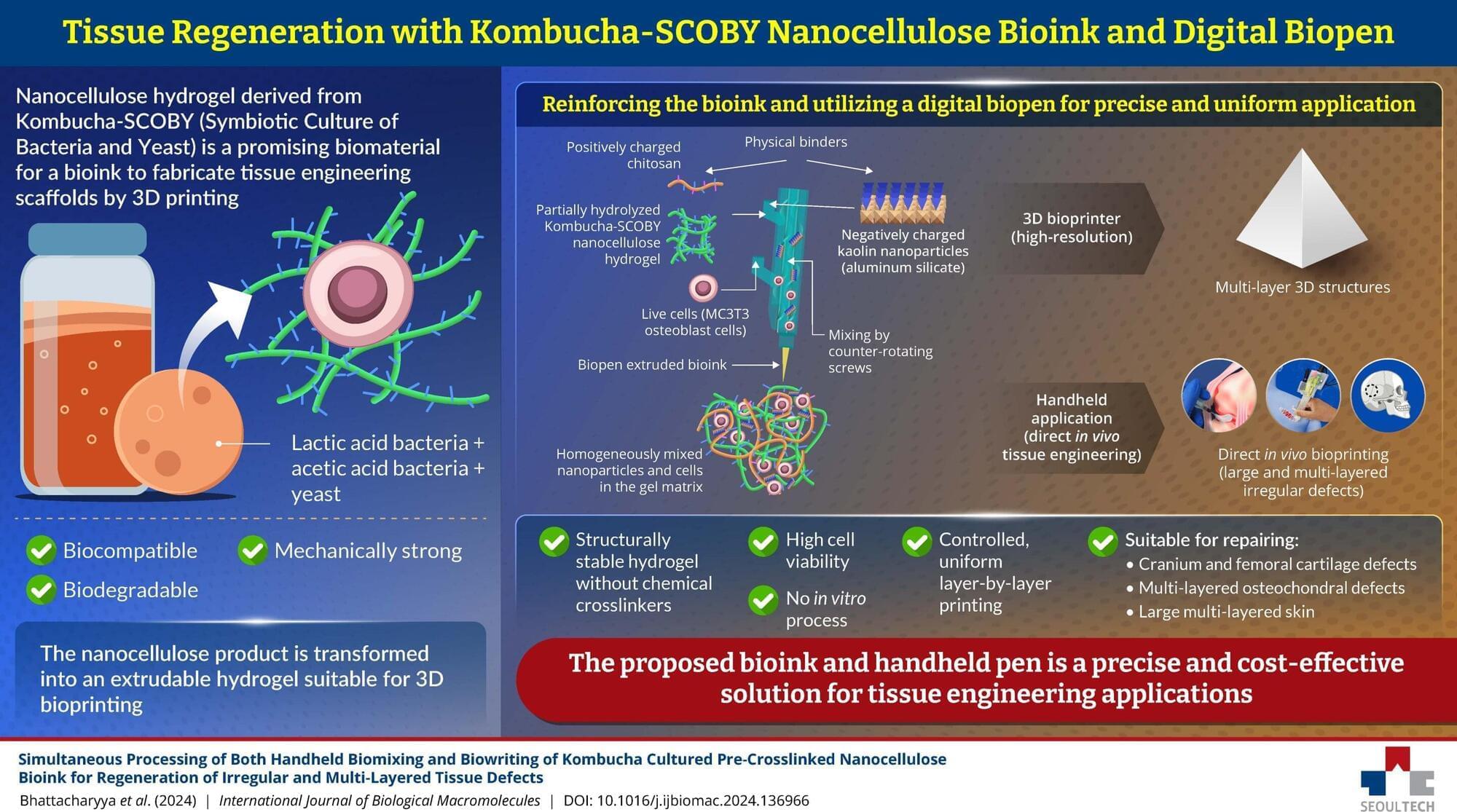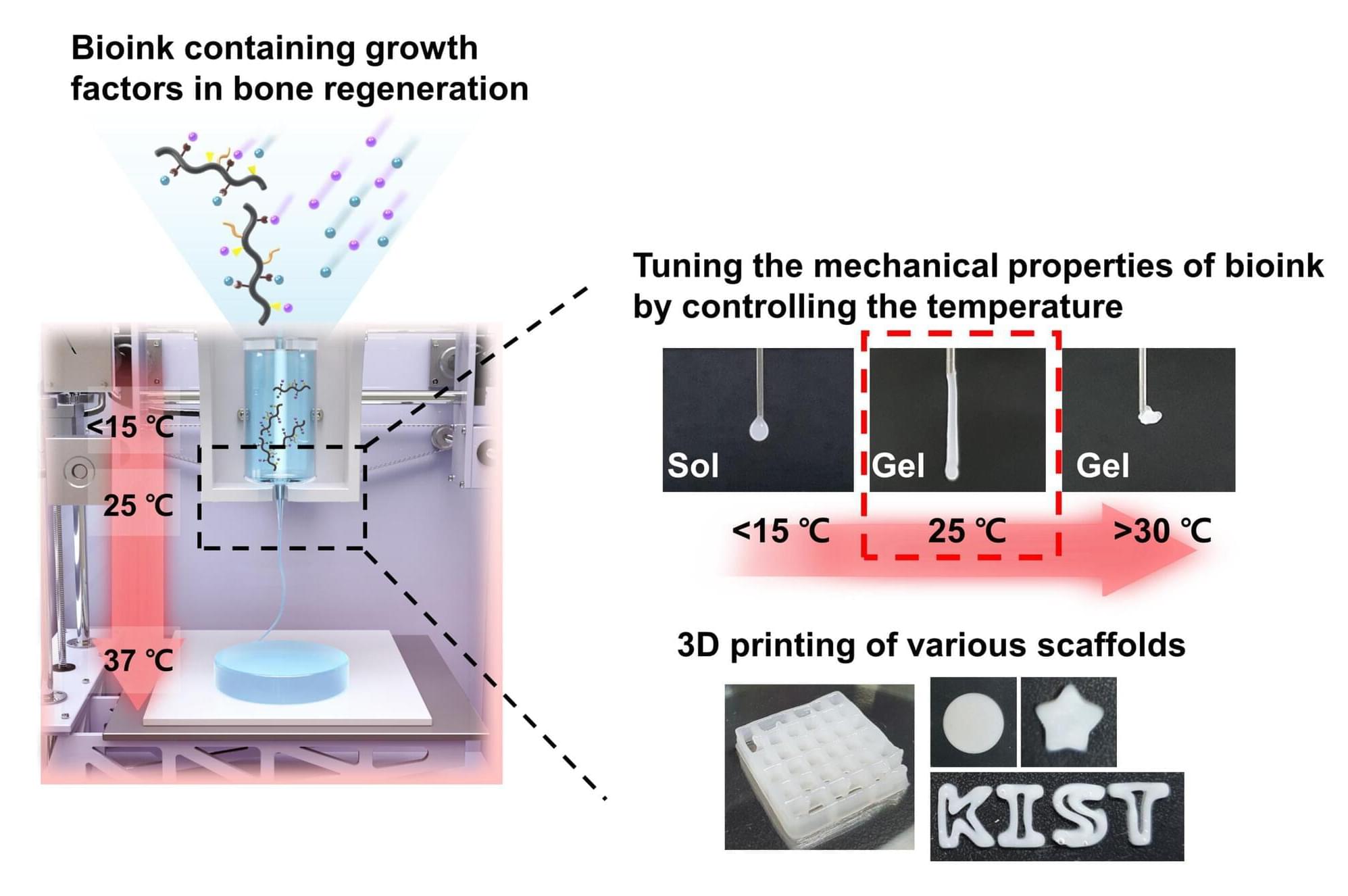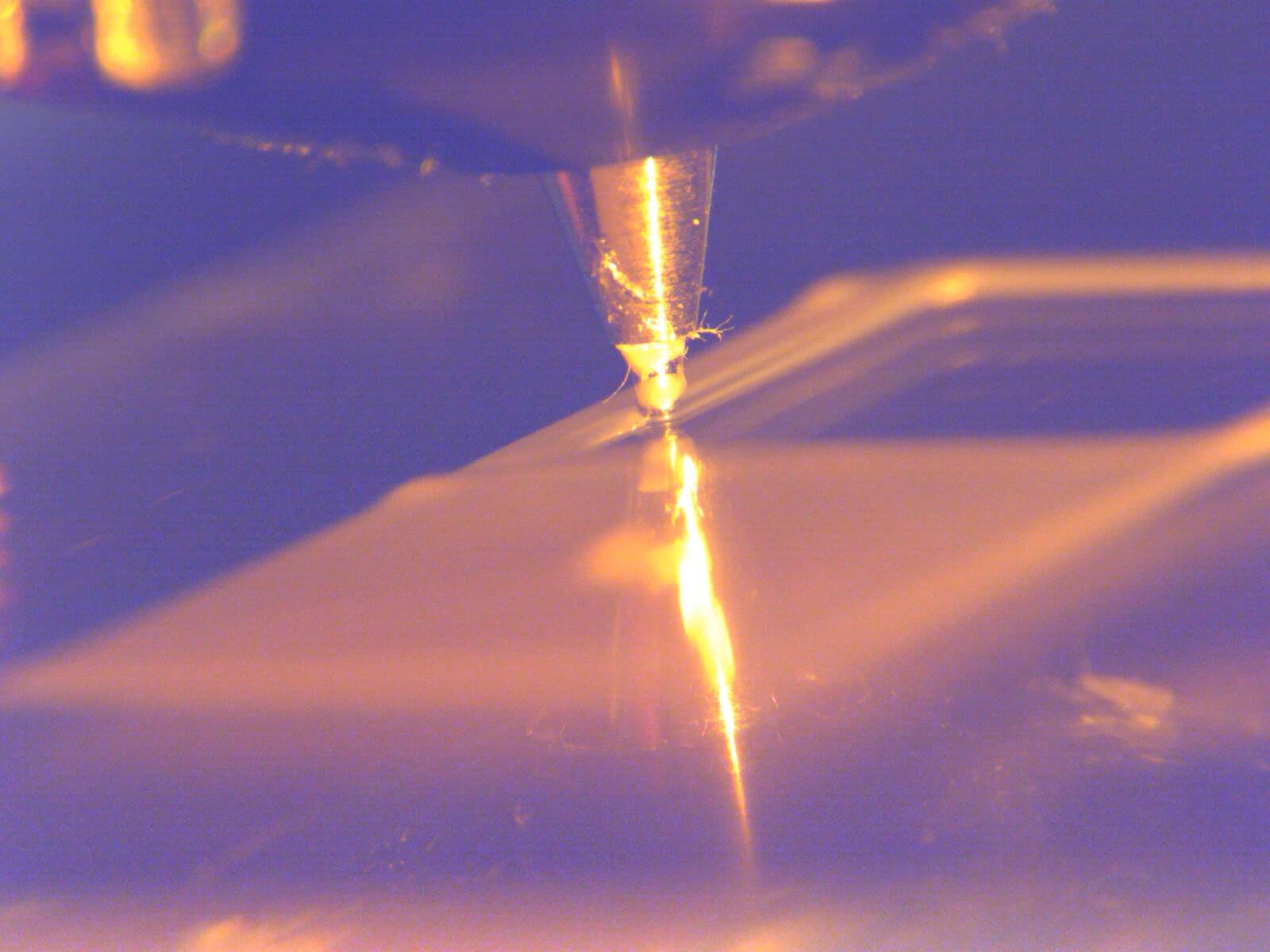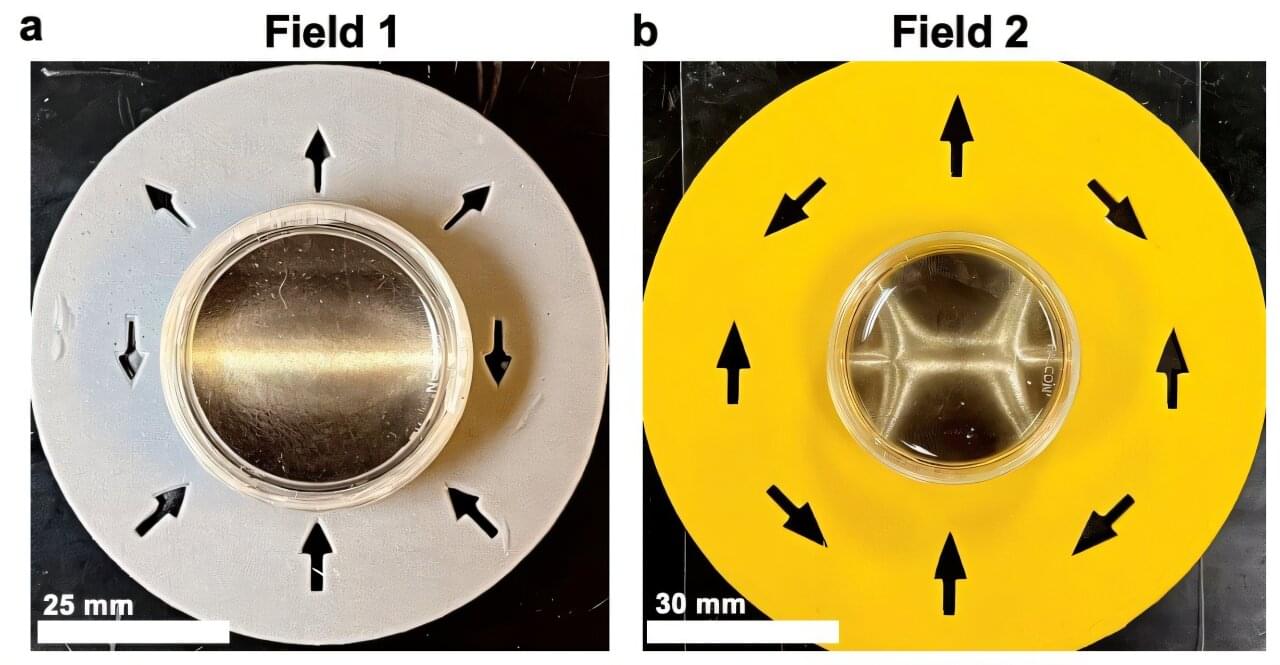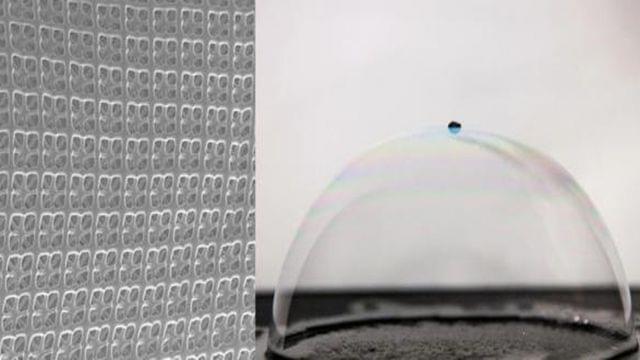This unique material can behave like a fluid, flowing and deforming with minimal resistance, yet it can also instantly become rigid, acting like a solid. It’s called PAM (or Polycatenated Architected Material). Its unique structure, inspired by chain mail, features interlinked shapes forming intricate three-dimensional networks. Unlike traditional materials, which are either solid with fixed structures or granular with loose, independent particles, PAMs occupy a fascinating middle ground. When subjected to shear stress, for example, the interconnected components can slide past each other, offering little resistance, much like water or honey. However, when compressed, these same components lock together, creating a rigid structure. This transition between fluid and solid-like behavior is what makes PAMs so unique. PAMs represent a new class of matter, defying the traditional classification of materials as either solid or granular. They are a hybrid, bridging the gap between these two extremes. This dynamic behavior is achieved through the intricate design of PAMs. Researchers at Caltech create these materials using 3D printing. They begin by modeling the structures on a computer, mimicking crystal lattices but replacing the fixed particles with interconnected rings or cages. These designs are then brought to life using various materials, from polymers to metals. The resulting PAMs, often small cubes or spheres, undergo rigorous testing to understand their response to different forces. They are compressed, sheared, and twisted, revealing their unusual properties. The potential applications for PAMs are vast and varied. Their ability to absorb energy efficiently makes them ideal candidates for protective gear, such as helmets, potentially offering superior protection compared to current foam-based solutions. This same property could also be utilized in packaging and other applications requiring cushioning or stabilization. Experiments with microscale PAMs have shown that they respond to electrical charges, suggesting possibilities in biomedical devices and soft robotics. Researchers are also exploring the vast design space of PAMs, using advanced techniques like artificial intelligence to discover new configurations and functionalities. While still in its early stages, PAM research promises to revolutionize material science and engineering, opening up new possibilities for a wide range of applications.
Instagram: / hashem.alghaili.
Facebook: / sciencenaturepage.
Other channels: https://muse.io/hashemalghaili
